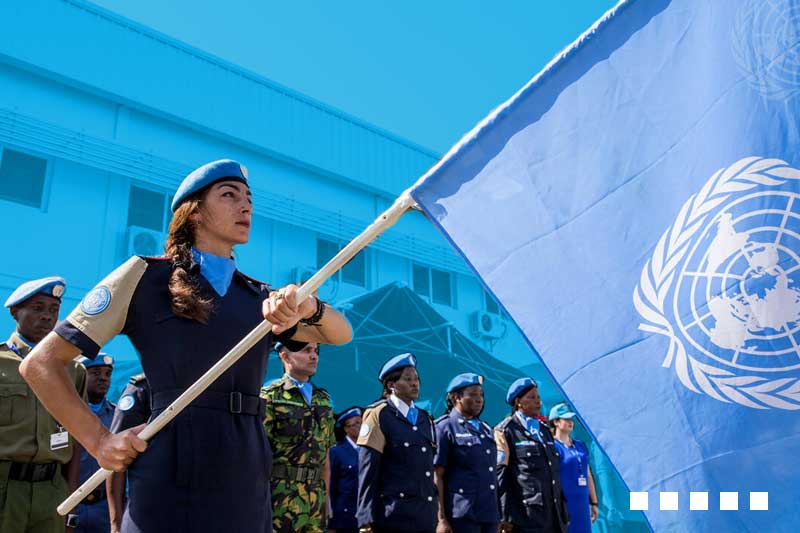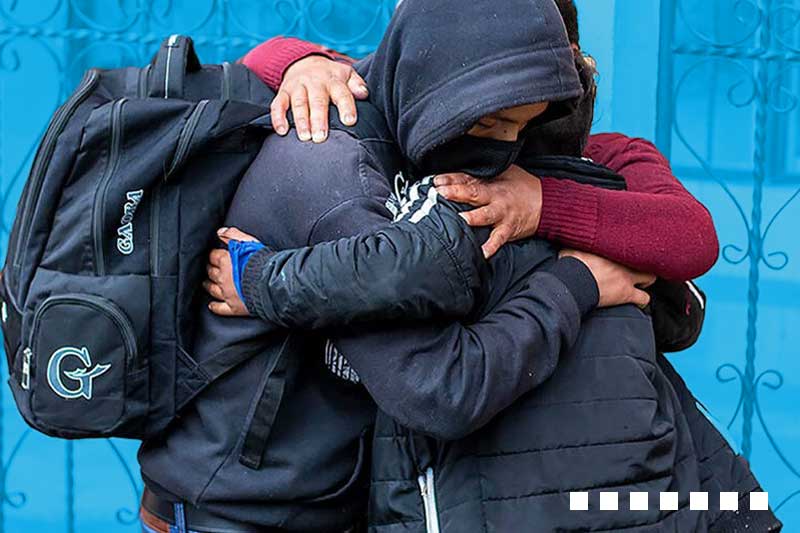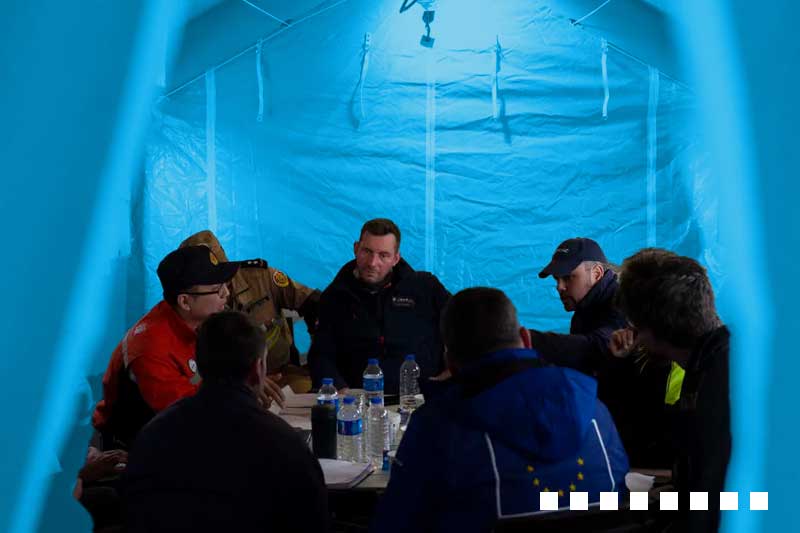The United Nations is the only place on Earth where all the world's nations can come together to discuss common problems and find shared solutions that benefit all of humanity.
What we do
Development
Sustainable development and climate action are vital to the present and future well-being of humanity. The Pact for the Future points the way towards a safer, more peaceful, sustainable and inclusive world for tomorrow's generations.
International law
Our work is shaped by the UN Charter (the Organization's founding document), multilateral treaties, UN courts and tribunals. The Security Council, which convenes at UN Headquarters in New York, can approve peacekeeping missions, impose sanctions, or authorize the use of force.
Ten ways we make a difference
Get involved

Advocate for UN causes
You can join Act Now, the global campaign for a better, more peaceful and sustainable future, based on the 17 Sustainable Development Goals, a blueprint for a better world. Tens of millions of citizens have already taken part in this movement for positive change, by volunteering in their local community, taking part in local decision-making or simply changing their personal habits to live more environmentally responsible lives.
FAQs
Many, if not all, of the questions you might have about the UN can be answered by the Dag Hammarskjöld Library. Located at UN Headquarters in New York, the Library provides research, archival, and information services to support the participation of Member States at the United Nations and also in service to the general public. All answers are verified with reference to original sources.
You can put your own questions to the Library, by using the Ask DAG online tool.
Examples of frequently asked questions
How do I start research on UN topics?
Visit our main website, where you can learn about the UN's history, read our founding document, the UN Charter, and explore some of the global issues the UN is engaged in.
Where can I find a chart of the UN System?
Here is an official chart showing the principal organs of the United Nations and other parts of the UN System.
Does the UN have an army?
The UN has no standing army or police force of its own. Member States are asked to contribute military and police personnel required for Peacekeeping operations. Peacekeepers wear their countries' uniform and are identified as UN peacekeepers only by a UN blue helmet or beret and a badge.
What is the UN doing to combat racism and racial discrimination?
Throughout its history, the United Nations has worked for human rights and for the eradication of racism and racial discrimination around the world. The International Convention on the Elimination of All Forms of Racial Discrimination was the first of the major international agreements on human rights adopted by the UN General Assembly, its implementation is monitored by the Committee on the Elimination of Racial Discrimination.
How is the Secretary-General of the UN appointed?
The Secretary-General, the UN's chief administrative officer, is appointed by the General Assembly upon the recommendation of the Security Council. Most of the negotiations on this matter take place behind the scenes and the official documents rarely reflect the process, just the outcome.
Who are the current members of the UN?
There are currently 193 UN Member States. Member States are countries that have signed onto the UN Charter. Each of the Member States of the United Nations has one seat in the General Assembly. Information about current members, growth of membership since 1945, and the procedure of how a country becomes a member is available on the UN website and the Model UN website.
Are UN resolutions binding?
Resolutions and decisions are formal expressions of the opinion or will of UN organs. The nature of the resolution determines if it is considered binding on States. In general, resolutions adopted by the Security Council are considered binding.












